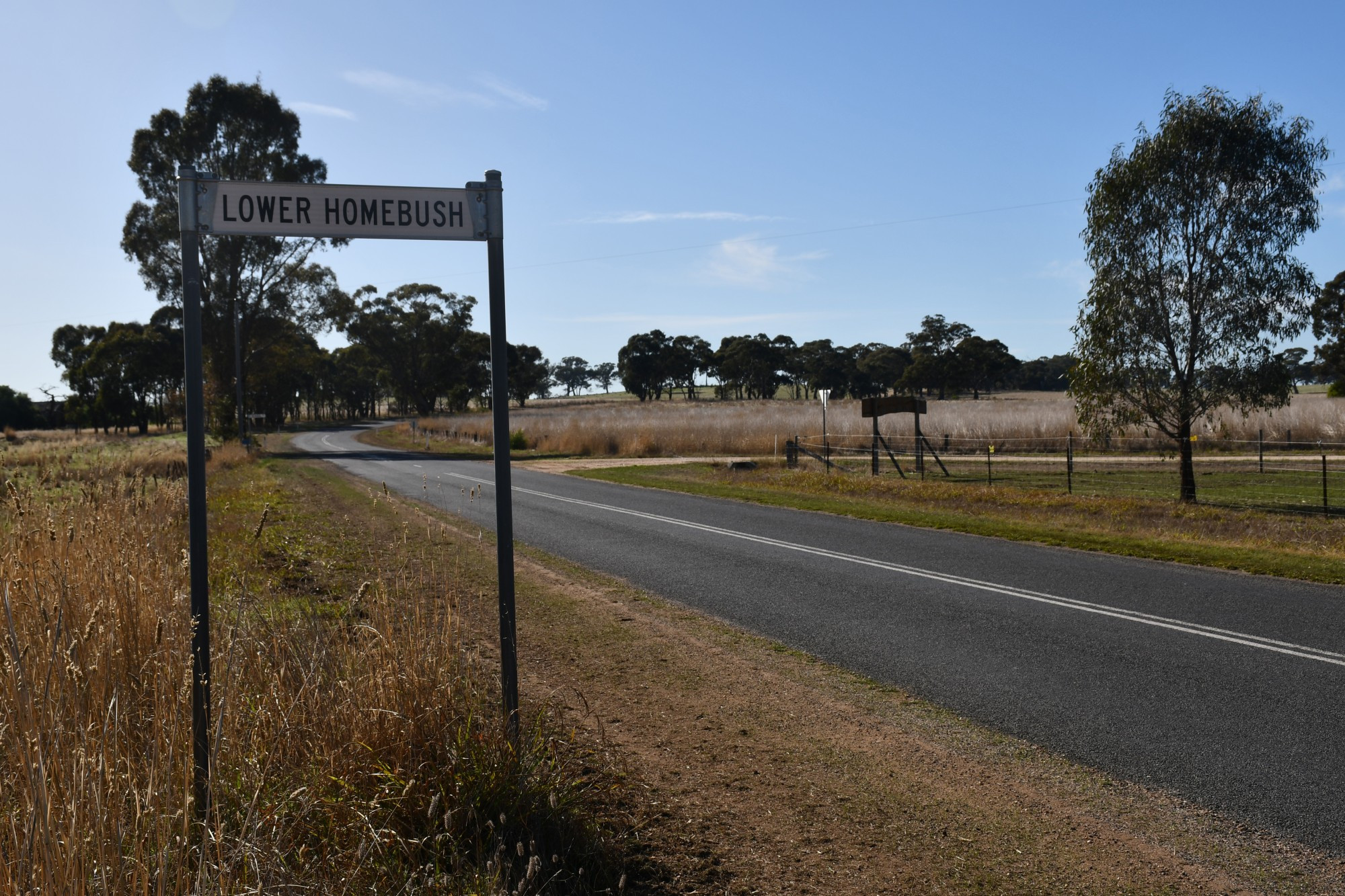General News
20 April, 2023
A look back in time at the Homebush mine rescue
Goldmining has played a significant role in the history and economic development of Maryborough and district. Homebush, near Avoca, owed its existence to gold when in 1853 a rich claim was found nearby. The town reached the height of its prosperity...

Goldmining has played a significant role in the history and economic development of Maryborough and district.
Homebush, near Avoca, owed its existence to gold when in 1853 a rich claim was found nearby.
The town reached the height of its prosperity in the 1880s all due to mining, but when the gold ran out and the mines closed down, the town rapidly declined and died.
Today, only the Lower Homebush School building still stands among the paddocks.
Local history enthusiast, Fred Davies from Bromley, visited The Advertiser offices recently with some details of a mining accident that ocurred at Homebush in 1884.
Following is an article published in The Avoca Advocate in 1884 which vividly explains how 13 miners were saved:
Between five and six o’clock one Saturday evening in January 1884, a messenger came rushing into the streets of Homebush with the frightening news that the drift sand at the Working Miners’ United claim had burst into a drive burying 13 miners alive, and an apprehensive crowd soon gathered at the scene.
The men involved were S. Hartley, C. Frith, J. Kennedy, A. McDougall, W. Binks, M. McLean, J. Blanch, J. Young, H. McDonald, W. McDonald, C. Summers and L. Cummins.
The tremendously heavy flow of sand and water sweeping into the shaft had cut off all communication and threatened to choke the pumps upon which the lives of the men depended.
However as the pumps continued to draw well and the air pipes remained unbroken, the men’s workmates worked “like tigers” for an hour and a half, shovelling out the thickest of the debris until they had the drive sufficiently clear for an attempt at exploration to be made.
Mr A. Robertson, the manager; Mr J. Trounson, captain of the shift, and Mr J. Walters courageously set out to penetrate the silent darkness and after struggling for many yards through sludge and water, breast high, were rewarded by the sound of faint cries and the sight of a waving light in the distance.
They signalled and shouted to the victims to come forward, which they did, fearfully creeping through small openings and plodding through heavy drive to reach safe ground.
Their joy on reaching the surface can be imagined, and although many had boots and trousers torn from their bodies, none had sustained the slightest injury.
The heroes of the hour were Angus McDougall and Michael McLean (quite a youth), who could easily have escaped when they first noticed the burst, but ran back instead to warn their mates of danger.
Although ground in the locality usually subsided gradually, it had on this occasion fallen from the surface almost without warning nearly carrying with it a farmer named Robert Smith, who was driving cattle over the surface at the time.
H.B. Nicholas, the senior mining inspector, visiting the mine after the subsidence, reported that No. 6 block, where the accident occurred, was “strongly timbered” and was impressed by the company’s magnificent pumping machinery which, by controlling the level of water in the claim was a factor in preventing the loss of 13 men’s lives that day.
The Working Miners’ United Company mine at Homebush had possibly 200 men underground at the time of the accident.